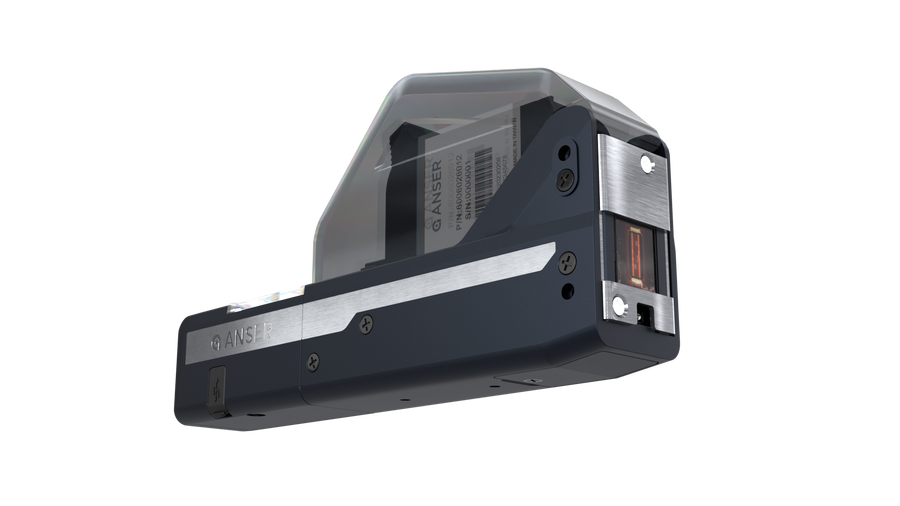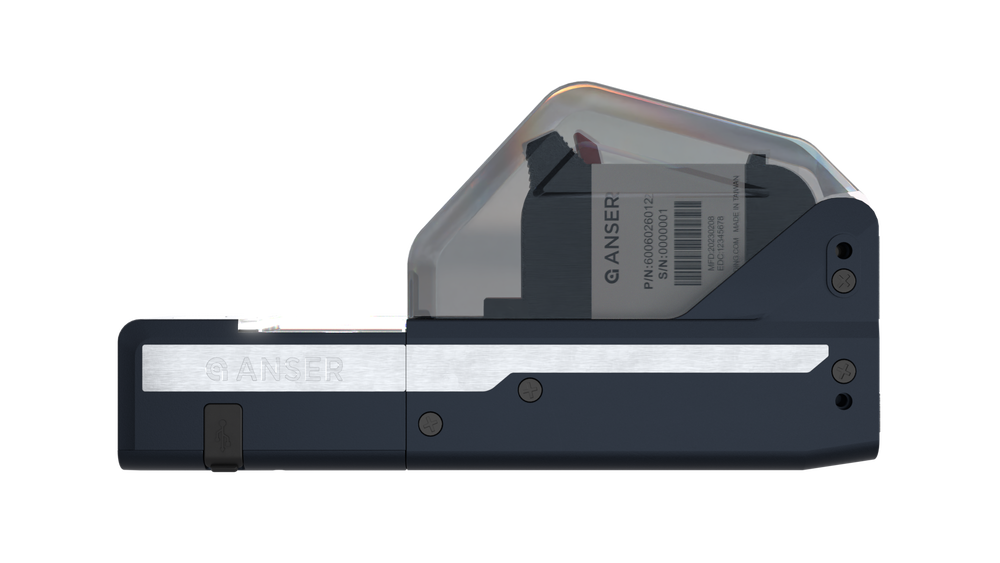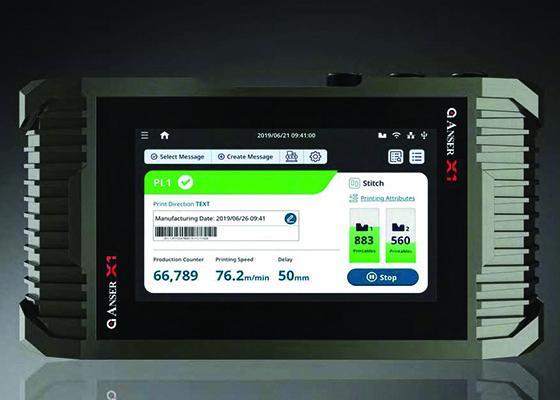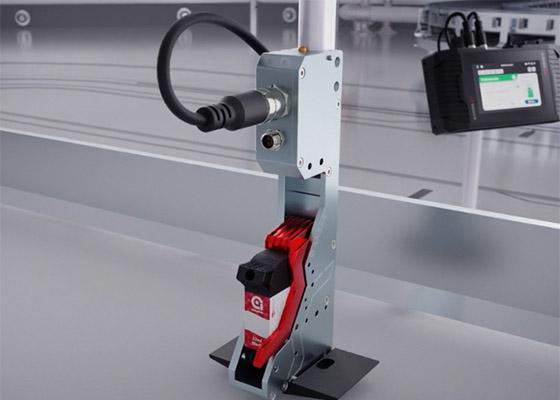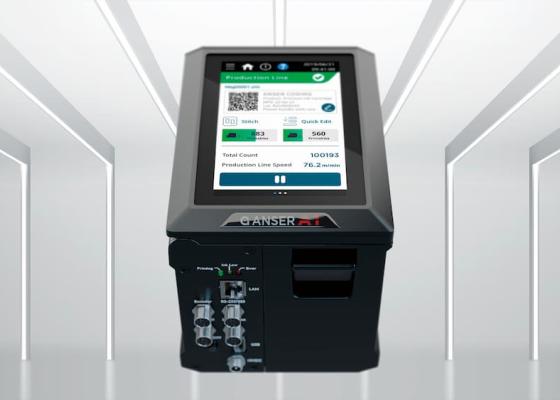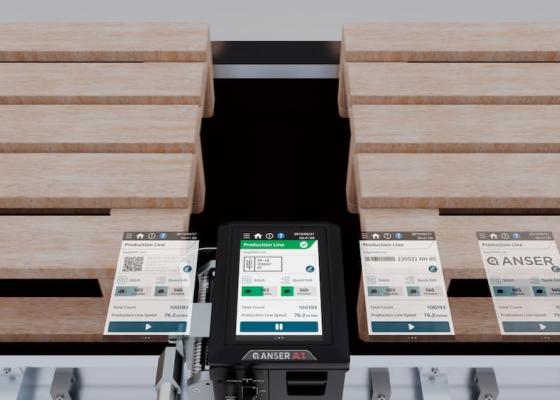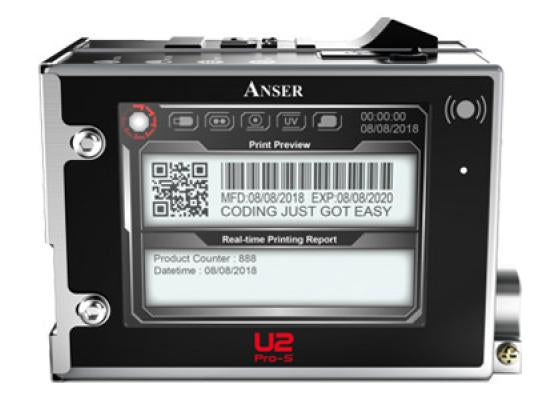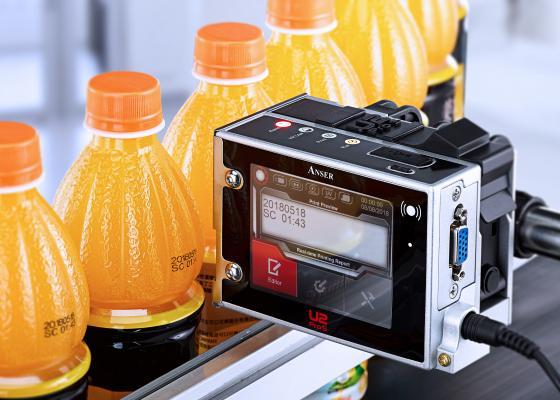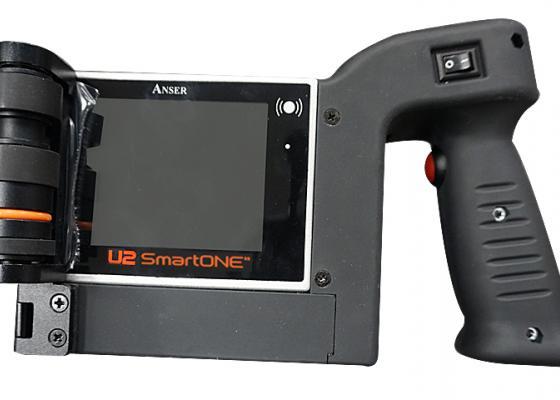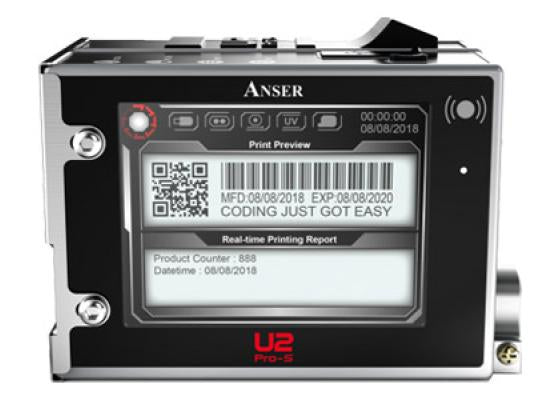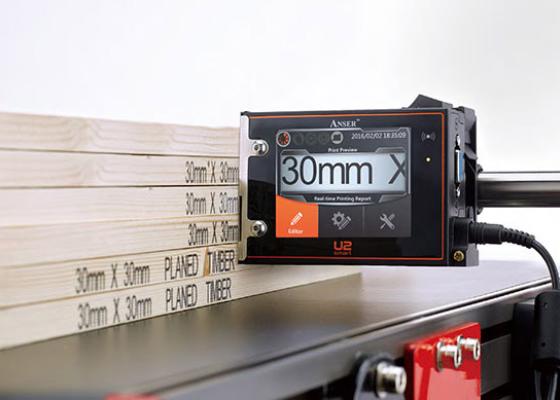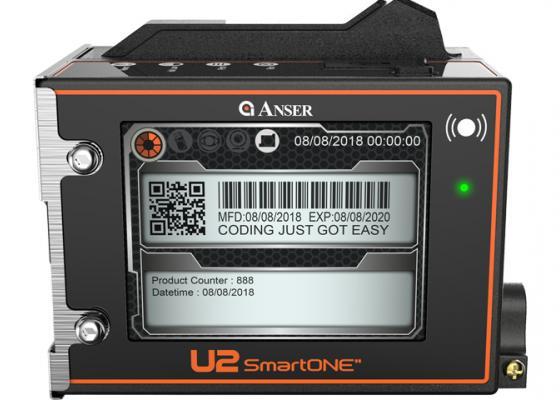
Thermal Inkjet Printer
Elevate Your Thermal Printing Capabilities with the Anser Thermal Inkjet Printer
In the arena of industrial printing, Anser's thermal inkjet printers stand out as a leading choice for businesses seeking efficiency, versatility, and high-quality printing. The Anser brand, powered by InkJet, Inc., combines innovative technology with over three decades of industry expertise to offer solutions that meet a wide range of thermal printing demands.
Why Choose Anser Thermal Inkjet Printers?
Compact and Versatile Design: Anser TIJ printers boast a compact and lightweight design, making them the perfect fit for diverse production line setups. Their flexibility ensures seamless integration into your existing processes, enhancing operational efficiency without sacrificing space.
Maintenance-Free Operation: The hallmark of Anser's thermal inkjet technology is its low maintenance requirement. By eliminating frequent upkeep, Anser printers maximize uptime, reduce operational costs, and provide a lower total cost of ownership compared to other industrial printing technologies.
Innovative Ink Solutions: Catering to a broad spectrum of printing needs, Anser TIJ printers are compatible with both water-based and solvent-based inks. This versatility allows for high-quality printing on non-porous, semi-porous, and porous substrates, ensuring your prints are vibrant, durable, and versatile.
High-Resolution Printing: With the capability to print at high DPI, Anser TIJ printers are adept at producing scannable barcodes and QR codes. This feature is essential for businesses that rely on accurate tracking and authentication of their products.
Cost-Effective for Every Business: Anser TIJ printers are designed to be a cost-effective solution without compromising on performance. Suitable for businesses of all sizes and specializations, Anser printers offer a powerful printing solution that meets both budget and quality requirements.
Save on Thermal Printer Paper: With Anser's precious thermal marking, feel confident knowing our thermal Inkjet printer will reduce the number of printing mistakes that often happen with other thermal printers and ultimately support your company's bottom line.
Let InkJet, Inc. Guide You to the Perfect Anser Printer
Navigating the vast market of thermal inkjet printers can be daunting. That's where InkJet, Inc. comes in. With over 30 years of experience in ink development and printer technology, our team is uniquely qualified to understand the intricacies of TIJ technology and the specific needs of various industries. By choosing Anser, you're not just getting a printer; you're gaining a partner dedicated to optimizing your printing processes.
Whether you're upgrading your printing infrastructure or integrating industrial printing capabilities for the first time, the Anser line by InkJet, Inc. offers a tailored solution. Contact us today to discuss your printing needs, and let us help you find the Anser TIJ printer that's right for your operation.




